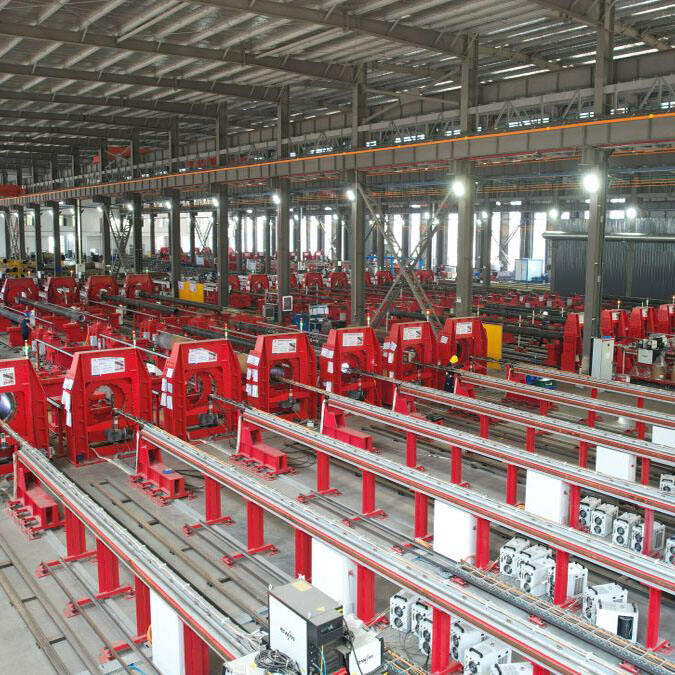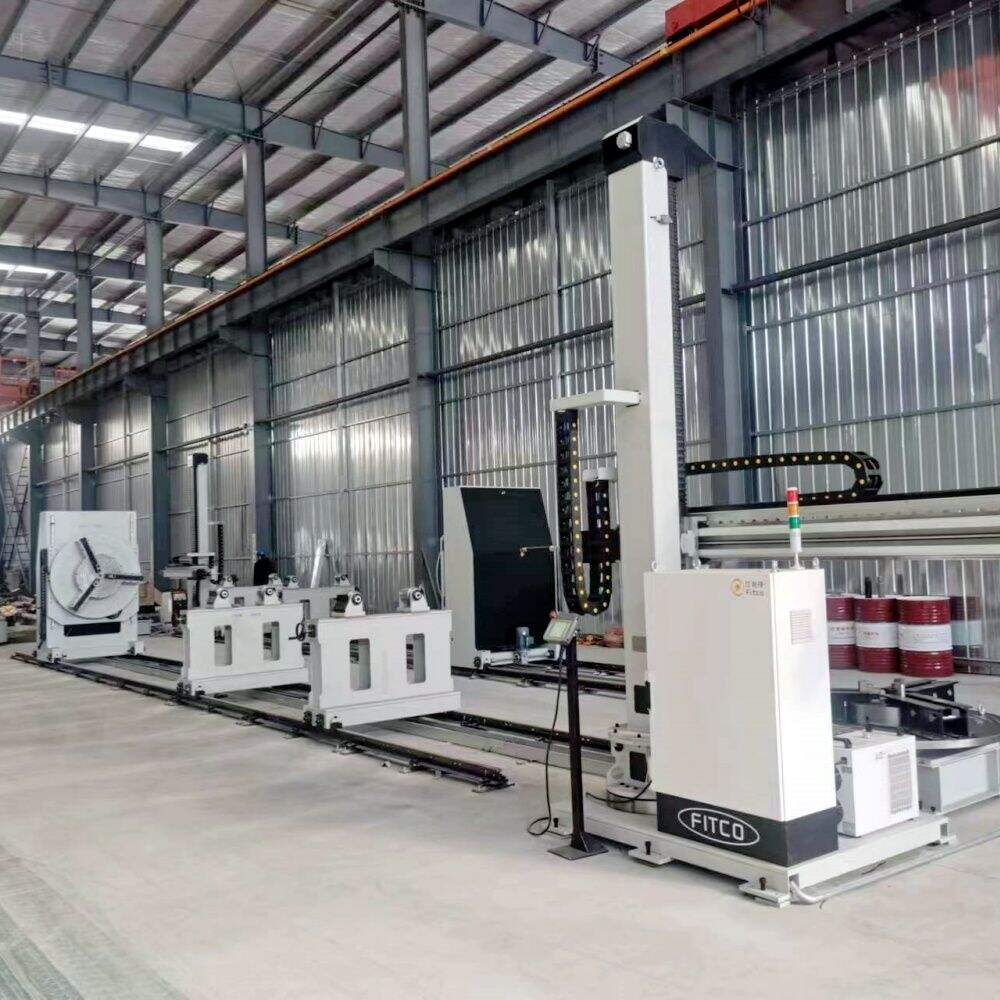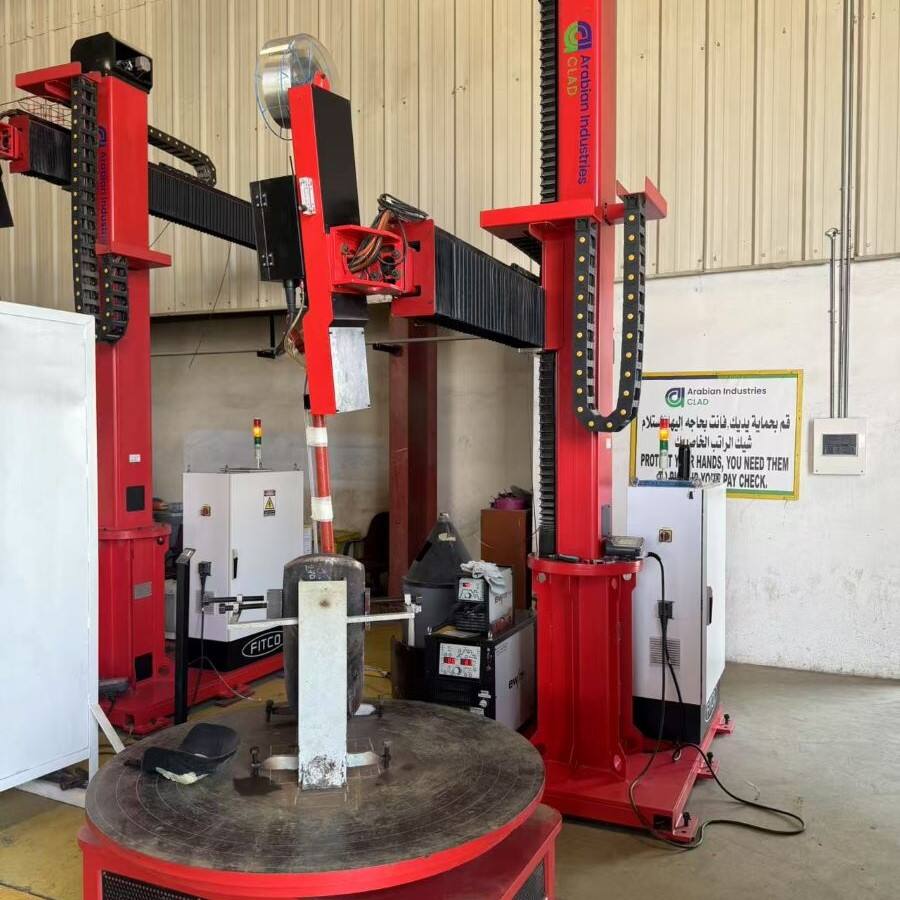compact vertical cladding station factory
The compact vertical cladding station factory represents a breakthrough in modern manufacturing technology, offering a sophisticated solution for efficient and precise material processing. This innovative facility combines advanced automation with space-saving design, making it ideal for operations with limited floor space. The station incorporates state-of-the-art vertical cladding technology, enabling seamless application of protective or decorative layers onto various substrates. Its vertical orientation maximizes space utilization while maintaining optimal workflow efficiency. The facility features integrated quality control systems, automated material handling mechanisms, and precise temperature control units. These components work in harmony to ensure consistent cladding quality across different materials and specifications. The station's modular design allows for easy maintenance and quick configuration changes, adapting to various production requirements. Advanced sensors and monitoring systems provide real-time data on cladding parameters, material flow, and quality metrics. The factory's compact footprint doesn't compromise its production capacity, as it utilizes innovative space optimization techniques and efficient material flow management. This makes it particularly valuable for urban manufacturing facilities where space is at a premium.

 EN
EN
 AR
AR BG
BG HR
HR CS
CS DA
DA NL
NL FI
FI FR
FR DE
DE EL
EL HI
HI IT
IT JA
JA KO
KO NO
NO PL
PL PT
PT RO
RO RU
RU ES
ES SV
SV TL
TL IW
IW ID
ID LT
LT UK
UK SQ
SQ HU
HU TH
TH TR
TR FA
FA AF
AF CY
CY MK
MK LA
LA MN
MN KK
KK UZ
UZ KY
KY







